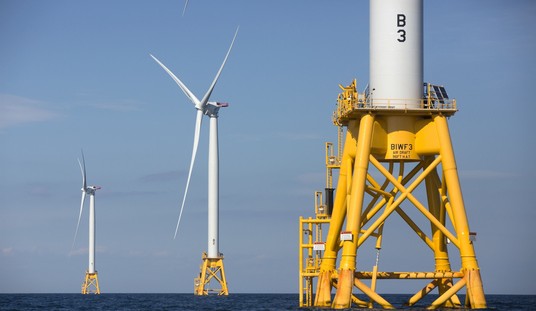Hugh Hewitt’s new column in the Washington Examiner looks at one of the many unintended consequences of the bad legislation known, in this case ironically, as the Consumer Product Safety Improvement Act, or CPSIA. Earlier, we looked at the destruction CPSIA wreaked on thrift stores and home manufacturers of children’s goods, and how the Consumer Product Safety Commission changed its enforcement policies to protect the former. Congress refused to fix the CPSIA when it had a second chance this year, though, and Hugh explains how that puts children at risk rather than protect them:
Thousands of children 12 and younger ride motorcycles, ATVs and snowmobiles, which is why a lot of effort and time has gone into designing vehicles made for smaller folks. On Friday, The Wall Street Journal noted a study by the Motorcycle Industry Council that concluded “90% of the youth fatalities and injuries on motorcycles occur when kids ride adult vehicles.”
On Thursday of last week, the Senate of the United States voted 58 to 39 to reject an amendment to the budget bill designed to keep kids on bikes designed for them and thus off adult vehicles. The reason the amendment was offered by South Carolina’s Jim DeMint is because the 2008 “Consumer Products Safety Improvement Act” mandates that products containing even trace amounts of lead –trace amounts highly unlikely to ever come in contact with a child’s digestion system– were banned from sale to children 12 and under.
The law took effect in February an instantly made it illegal to sell the kid-sized vehicles because of nearly undetectabl amounts of lead in tire valves, brakes, batteries etc. Replacement parts for vehicles for kids are similarly interdicted.
The Journal quoted Ken Luttrell, a Democratic state house member from Oklahoma as noting the obvious: “With these new regulations, Washington has only succeeded in making biking much more dangerous for kids.”
Instead of using ATVs designed for small children, which take into account power, protection, and stability, children will have to use ATVs and motorbikes designed for adults. When current inventory in mini-ATVs expires, parents will either have to ban children from using the machines or allow them to use machines not expressly designed for children. The result will either be an economic blow to manufacturers, an increase in injuries and deaths among children using ATVs, or both.
Note that the CPSIA did not intend to address some remarkable number of injuries in ATV use. Until now, four-wheel ATVs designed for children have had a good safety record. Families have used them for years without a wave of allegations of safety problems. The bill focuses on lead content in products, not in stability or impact-safety issues. And yet the effect of this legislation will eliminate the safeguards built into the mini-ATV industry for the negligible trade of eliminating lead contact that would be essentially meaningless.
Hugh tried to explain this to Nancy Nord, chair of the CPSC. “The last thing we want,” Nord replied, “is for young children to end up on adult ATVs, and this is a really, really perverse consequence of this law.” Two weeks later, she issued a memo endorsing the enforcement of the CPSIA for mini-ATVs. Apparently, getting children on adult ATVs isn’t the “last” thing Nord wants.
I find it ridiculous to point this out to Congress, but children do not eat ATVs. The lead content of its components will not end up in small stomachs. Children do not ride ATVs without being clothed, so skin contact is minimal and transitory. What’s next — banning cars because children might ride in them? This is an object lesson as to what happens when Congress passes bills based on slogans rather than a clear reading of the legislation itself.







Join the conversation as a VIP Member